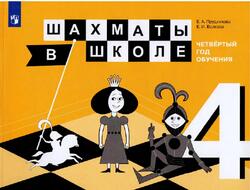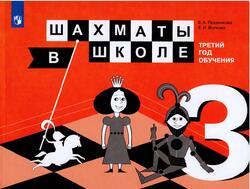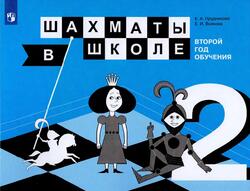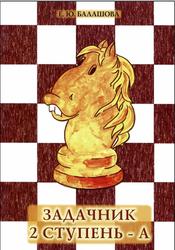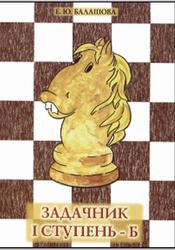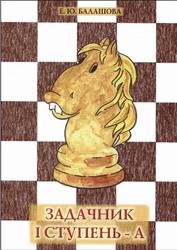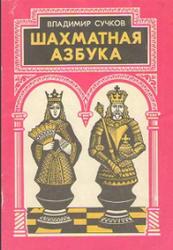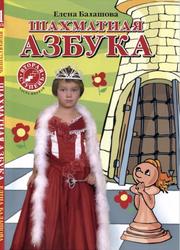Chess For Dummies, Шахматы для чайников, Eade J., 2005.
This book is designed to help you become a better chess player in several ways: First, it contains a great deal of information and advice on how to play chess. You can also find in these pages information about how to talk about chess, which, to many players, is at least as important as knowing how to play. (Part of the fun of chess is the social element involved in discussing other people’s games — called kibitzing.) Finally, the book offers numerous suggestions on how to find other players who are just about at your own level (and how to mind your chess manners when you sit down to play!).
If you’re a beginner, the great joys of chess await you. If you’re an intermediate player, you can find in this book a wealth of material to help you improve your game and to enjoy chess even more.
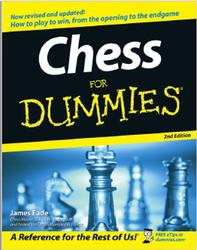
The underlying concepts.
Components of a chess game can be broken down into categories that are so fundamental that they’re referred to as elements. The element of time, or development, is one example. The element of force, or material, is another. If one player deploys more force more quickly than the other, it may be impossible for the latter player to defend against a subsequent invasion. The first step in a player’s development is learning how the pieces move, so I cover the bases in Chapter 2. Then an appreciation of the importance of the game’s elements usually follows, so I describe all the chess elements in Chapter 3.
The elements are all a part of what drives a game to the desired end result: checkmate. However, checkmate doesn't always come to fruition — sometimes a game ends in stalemate, or a draw. There’s also a situation called check, which is an attack on the king. If the king can’t escape the check, then the aggressor has secured checkmate, and the game is over. One thing to note, however, is that placing your opponent in check doesn’t necessarily mean you’ll win — check can actually happen several times in a game, and if your opponent can effectively escape from check, then you may just be wasting your time. I discuss all three of these endings in Chapter 4.
Contents.
Introduction.
Part I: Laying the Groundwork.
Chapter 1: Tackling the Chess Basics.
Chapter 2: Greeting the Pieces and Their Powers.
Chapter 3: Getting to Know the Elements of Chess.
Chapter 4: Looking Out for the King: Check, Stalemate, and Checkmate.
Part II: Gaining Chess Know-How.
Chapter 5: Tactics and Combinations in Hand-to-Hand Combat.
Chapter 6: Sacrifices: When It’s Better to Give than to Receive.
Chapter 7: Mastering Mating Patterns.
Chapter 8: Building Pattern Recognition.
Chapter 9: Recognizing Pawn Formations.
Chapter 10: Making Special Moves.
Part III: Game Time: Putting Your Chess Foot Forward.
Chapter 11: Selecting Your Strategy: The Principles of Play.
Chapter 12: Coming on Strong in the Opening.
Chapter 13: Making Headway during the Middlegame.
Chapter 14: Exiting with Style in the Endgame.
Part IV: Getting Into Advanced Action.
Chapter 15: Competition Play and Necessary Etiquette.
Chapter 16: Hitting the Net with Computer Chess.
Chapter 17: Got Notation? Reading and Writing about Chess.
Part V: The Part of Tens.
Chapter 18: The Ten Most Famous Chess Games.
Chapter 19: The Ten Best Players of All Time.
Part VI: Appendixes.
Appendix A: A Glossary of Chess.
Appendix B: Other Chess Resources.
Index.
Купить .
Теги: учебник по шахматам :: шахматы :: Eade

